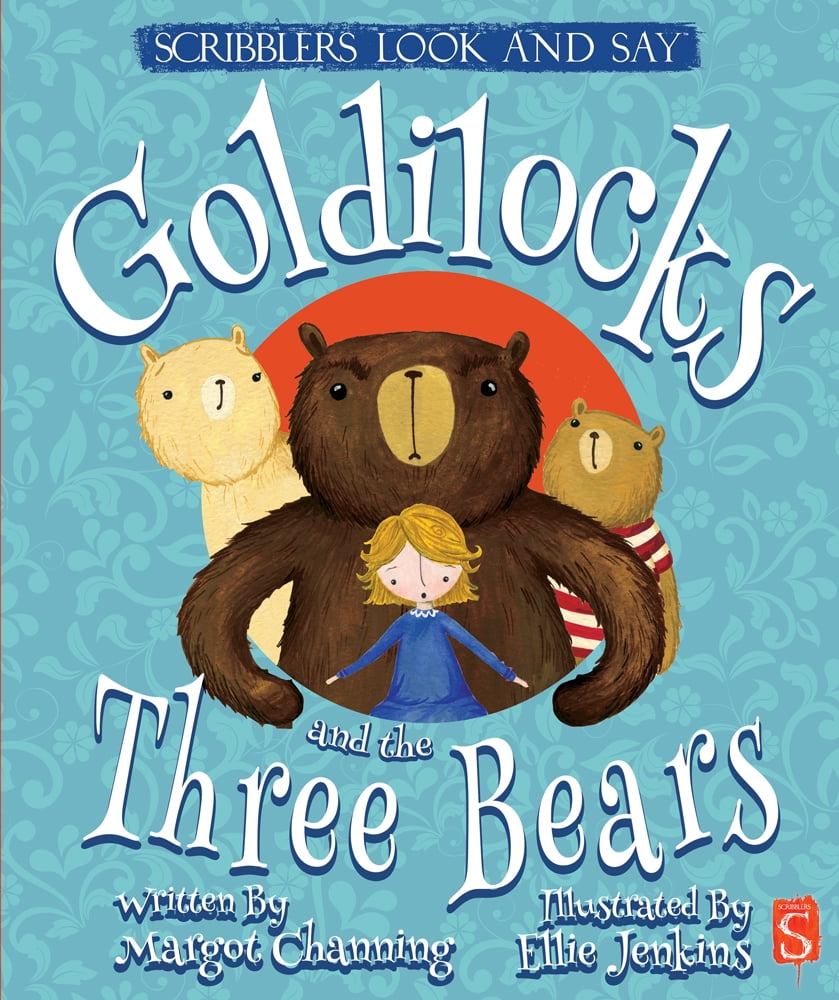

Plan activities that children do with their bears such as measuring, weighing, and sorting the bears, comparing and contrasting the bears, counting bears by twos, and tracing their bears. Plan a special day in which children bring their favorite stuffed bears to school. (This is not a true hibernation because bears remain fully conscious and lose little weight.)īears make several different sounds: snuffling, growling, or grunting.īear cubs are usually born in the winter and stay with their mother for one to three years. Polar bears eat seals, sea birds, fish, and crabs.īears love to sleep in caves or between rocks to use as a den.īears sleep during the winter months to avoid the extreme cold.īears eat a lot during spring, summer, and fall to accumulate fat that allows them to go into a deep sleep during winter.īears sleep day and night during winter but occasionally wake up. Their favorite food: berries, honey, fish, leaves, nuts, rodents, insects, and frogs. Male bears are called boars or he-bears and female bears are called sows or she-bears.īears usually walk on all four feet, moving both legs on one side of their body at the same time (ambling).īears mark trails and trees along their trail by rubbing against the trees with their bodies, scratching them with their claws, or making marks with their teeth.īears are omnivores. Polar bears, grisly bears, etc.īear Facts: Bears are large, heavyset mammals with fur and very short tails.


Show pictures of different types of real bears and discuss how they look the same and how they are different. Bears Finger Plays, Rhymes and Activities:


 0 kommentar(er)
0 kommentar(er)
